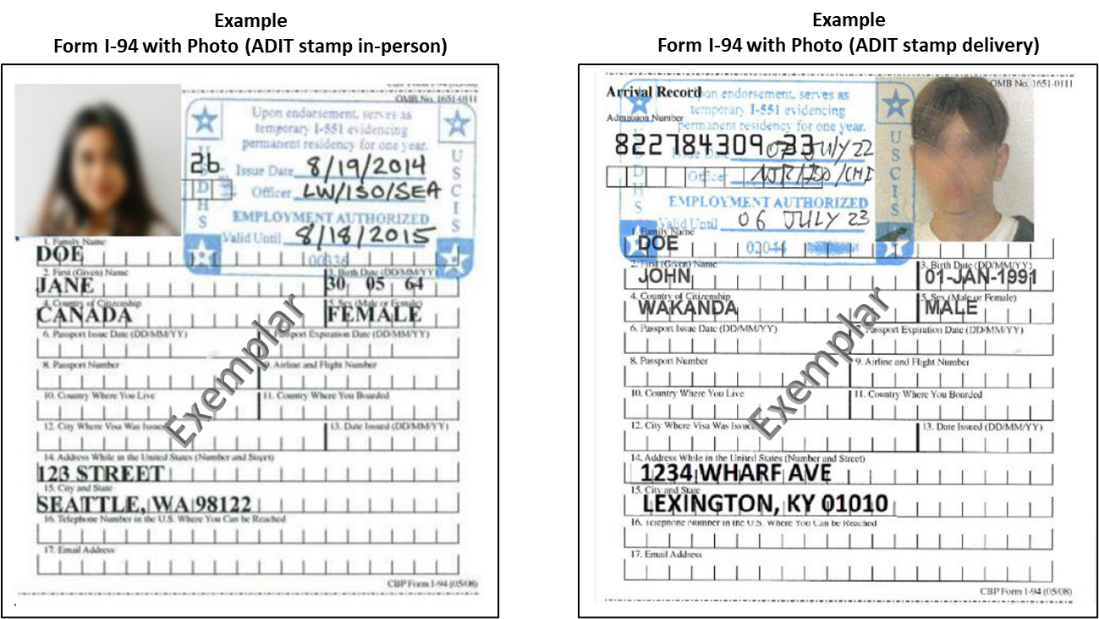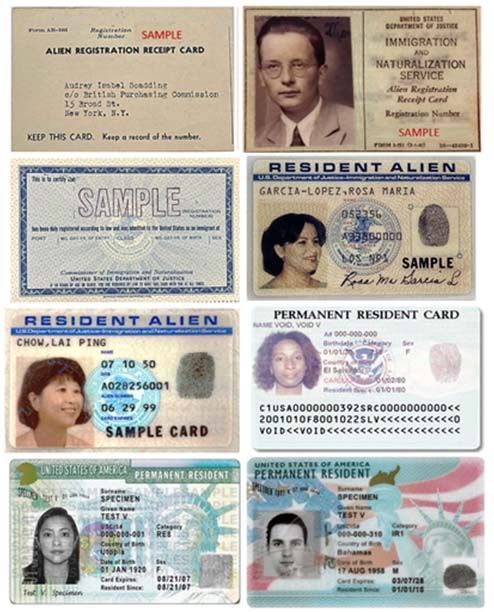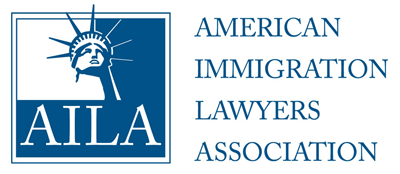O que significa um número de recebimento do USCIS (MSC, LIN, SRC, EAC, WAC, IOE)?
O número de recibo (Receipt Number) do USCIS é muito semelhante ao rastreamento de um pacote na Amazon. O número do recibo, mais conhecido como número de rastreamento (Tracking Number), permite que o aplicante rastreie um processo online, por telefone ou pessoalmente em um INFOPASS.
Agora, vamos mergulhar mais fundo! O número do recibo pode ser dividido em quatro partes. Veja o diagrama abaixo:
Os locais de escritórios do USCIS têm os seguintes códigos de três dígitos:
- MSC – National Benefits Center;
- NBC – National Benefits Center;
- EAC – Vermont Service Center (anteriormente conhecido como Eastern Adjudication Center;)
- VSC – Vermont Service Center;
- WAC – California Service Center (anteriormente conhecido como Western Adjudication Center);
- CSC – California Service Center;
- LIN – Nebraska Service Center;
- NSC – Nebraska Service Center;
- SRC – Texas Service Center (anteriormente conhecido como Southern Regional Center);
- TSC – Texas Service Center;
- IOE – ELIS (processo eletrônico); e
- YSC – Potomac Service Center.
Ano fiscal
O número do recebimento segue o ano fiscal e não o ano civil. O ano fiscal começa em 1º de outubro e termina em 30 de setembro. Portanto, por exemplo, se um pedido for “recebido” em 1º de outubro de 2018, o “ano” será realmente 19, pois você estará tecnicamente no ano fiscal de 2019.
Dia e número de processamento
O número de dias e o número de processos executados naquele dia compõem as duas últimas partes de um número de rastreamento do USCIS. Normalmente, quando você submete os formulários juntos, você vê números consecutivos, e isso se deve em parte ao fato de o oficial receber todos os números de recibo ao mesmo tempo naquela data de recebimento.
Meu número IOE é diferente do acima
Os processos IOE ou ELIS são regidos por uma “configuração” diferente para os números de rastreamento. Processos como o I-90, N-400, I-821D e OS-155A são fornecidos com uma sincronização mais abrangente com o sistema online USCIS My Case Status. Se você não tentou visualizar o status do caso online, é altamente benéfico.
Freqüentemente, os processos IOE recebem um portal online do USCIS. Se você receber um aviso de código de acesso, é aconselhável criar a conta com o USCIS imediatamente.
Meu status de caso on-line do USCIS nunca é atualizado
Essa é uma pergunta comum que a maioria da minha equipe recebe. Normalmente, o status online permanece em “caso recebido”. O status online é um recurso de cortesia que nem sempre é atualizado pelo USCIS. Só porque o status de um caso não está se movendo, isso não significa que o USCIS não agende um horário para a biometria ou revise ativamente um processo. O caso continua a ser processado mesmo quando o Status Online nunca é atualizado.
Se você tiver alguma dúvida sobre questões de imigração, fale com um advogado de imigração local ou ligue para Fickey Martinez Law Firm, P.L.L.C. em (910) 526-0066. Se você quiser saber mais sobre nossa equipe de imigração, visite o seguinte link: Conheça nossa equipe de imigração
Visite algumas postagens relacionadas:
Isenção de responsabilidade: este blog é disponibilizado pelo advogado ou editor do escritório de advocacia apenas para fins educacionais, bem como para fornecer informações gerais e uma compreensão geral da lei, não para fornecer aconselhamento jurídico específico. Ao usar este site, você entende que não há relacionamento advogado-cliente entre você e o editor do Site / Blog. O Blog não deve ser usado como um substituto para aconselhamento jurídico competente de um advogado profissional licenciado em seu estado.
The post O que significa um número de recebimento do USCIS (MSC, LIN, SRC, EAC, WAC, IOE)? appeared first on Fickey Martinez Law Firm.












